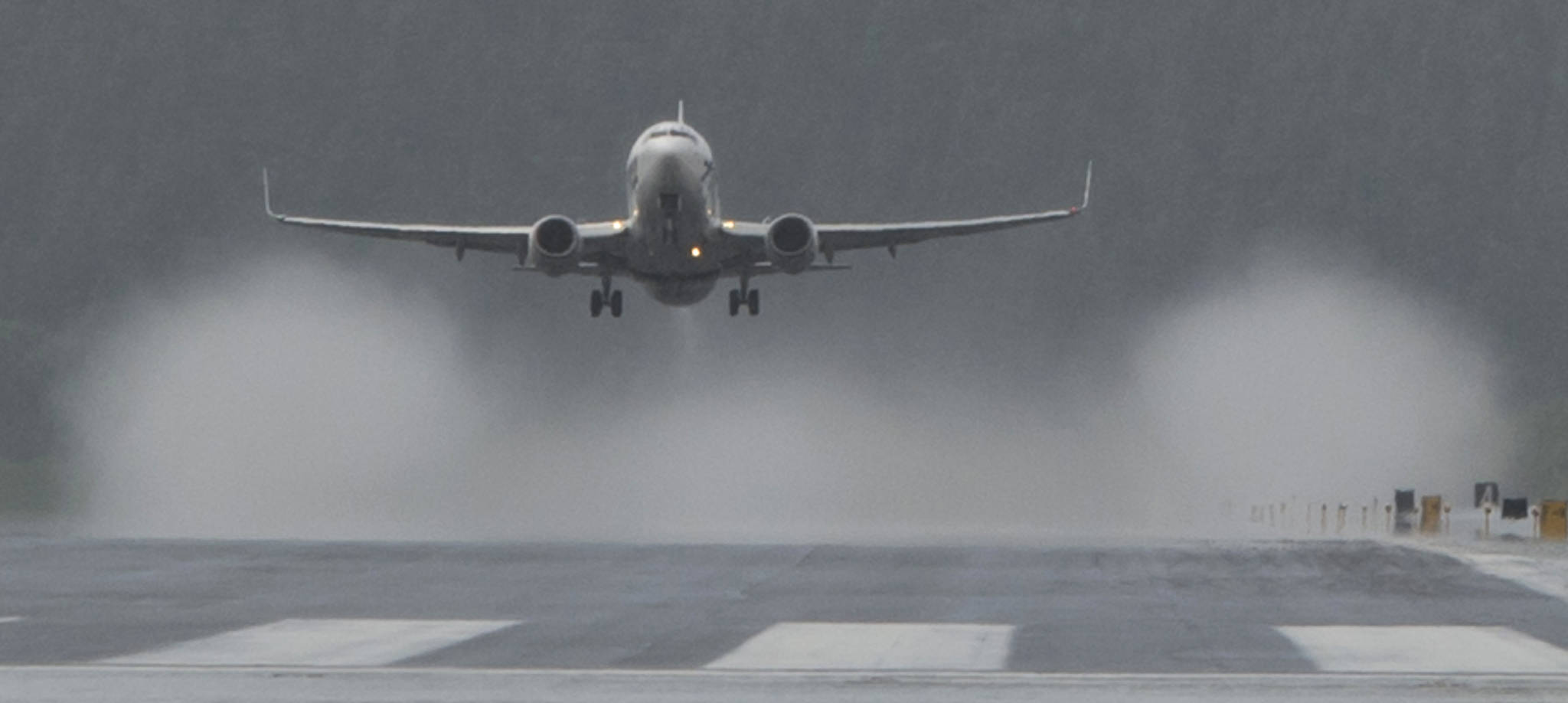In the Kenai, they’ll consider a new heating system. Elsewhere, it’s ports, streets or water and sewer projects.
October’s round of municipal elections will ask Alaskans for permission to borrow money for critical infrastructure in local communities. Thanks to the Alaska Legislature’s failure to erase a multibillion-dollar deficit, that infrastructure will cost more. In some cases, it might be a lot more.
The issue is the state’s municipal bond bank, which cities and boroughs use to borrow money. That bank relies on the state’s credit rating, and as the state’s credit has fallen, the cost of borrowing money has gone up.
“Certainly the bond bank program, as the state has been downgraded, has been similarly downgraded,” said Deven Mitchell, the state’s debt manager and executive director of the bond bank.
Meet the bond bank
When Mitchell started working for the state about 20 years ago, the bank oversaw about $150 million in loans. Today, it covers more than $1 billion in every part of Alaska.
The idea behind the bank is straightforward: The bond markets in New York City haven’t heard of Kivalina or Homer, but they’ve certainly heard of Alaska. The bond bank uses its credit rating (backed by the state) to borrow money from the markets, and in turn the bank lends that money to cities and boroughs that use it for local projects.
“A lot of local governments in Alaska don’t have a bond rating, so their primary way of accessing the bond markets is through the bond bank,” said Kris Erchinger, the finance director for the City of Seward, which borrowed $3 million through the bank earlier this year.
This fall, the Kenai Peninsula Borough will ask voters for permission to borrow $5 million to upgrade the heating system at its chief municipal building.
“I definitely see an advantage on the cost side of things for smaller organizations,” said acting borough finance director Brandi Harbaugh. “If the borough were to go out and get our own rating, it would be quite expensive.”
The bond bank saves municipalities the fees involved in borrowing money from the bond market, and municipal credit ratings (where they exist in Alaska) tend to be lower than the state’s credit rating, which means that without the bond rating, they would pay more interest when they borrow money.
As the state’s credit rating has gone down, that advantage has shrunk.
Borrowing costs rise
Back in January 2014, the ratings firm Standard and Poor’s (S&P) said Alaska had a AAA rating, the highest possible. The bond bank was at AA+, one notch lower.
When the bond bank prepared to borrow money this year, it received a rating of AA, and S&P indicated that rating will likely go lower in the near term.
The exact cost of that downgrade to the state is difficult to pinpoint: it depends on things like national interest rates, the type of bond and how a municipality plans to repay it.
In general, Mitchell said the difference between the state’s rating in 2014 and today’s rating is worth about half a percentage point.
Five years ago, voters in the City and Borough of Juneau allowed their local government to borrow up to $25 million for a variety of projects, including work at the airport.
Most of that authorization has been used, but CBJ Finance Director Bob Bartholomew said when planning is finished for one last airport project, the city will ask for $6 million in bonds from the bond bank.
By email, Bartholomew said the drop in the state’s credit rating (and in turn the bond bank’s rating) would work out to $30,000 more per year or $450,000 for a 15-year bond.
Bond measures on this fall’s ballot — or on any ballot — don’t reference interest costs. They just announce how much will be borrowed, which means the final cost to local taxpayers is almost always higher than the figure on the ballot.
Future danger
Bartholomew, Mitchell and others said the costs will continue to rise if the Legislature again fails to balance the state budget. S&P and other ratings agencies have said they will keep downgrading the state’s credit rating (and in turn the bond bank’s rating) if the state keeps running deficits.
“The reports are written in a fashion that investors believe the state doesn’t have many options,” Mitchell said.
Mitchell added that the state may already be in a precarious situation. If national interest rates rise from their historically low levels, the state’s lower credit rating will result in a bigger penalty. Instead of half a percent, it might near a full percent. The interest on that 15-year bond could be almost $1 million more today than it would have been in 2014.
Bartholomew said by phone that it’s much more difficult to improve a credit rating than to keep it stable. If interest rates rise, “it’s going to be a long time before it ever goes down, but the key right now is to minimize the growth, the increase,” he said.
• Contact reporter James Brooks at james.k.brooks@juneauempire.com or call 523-2258.

